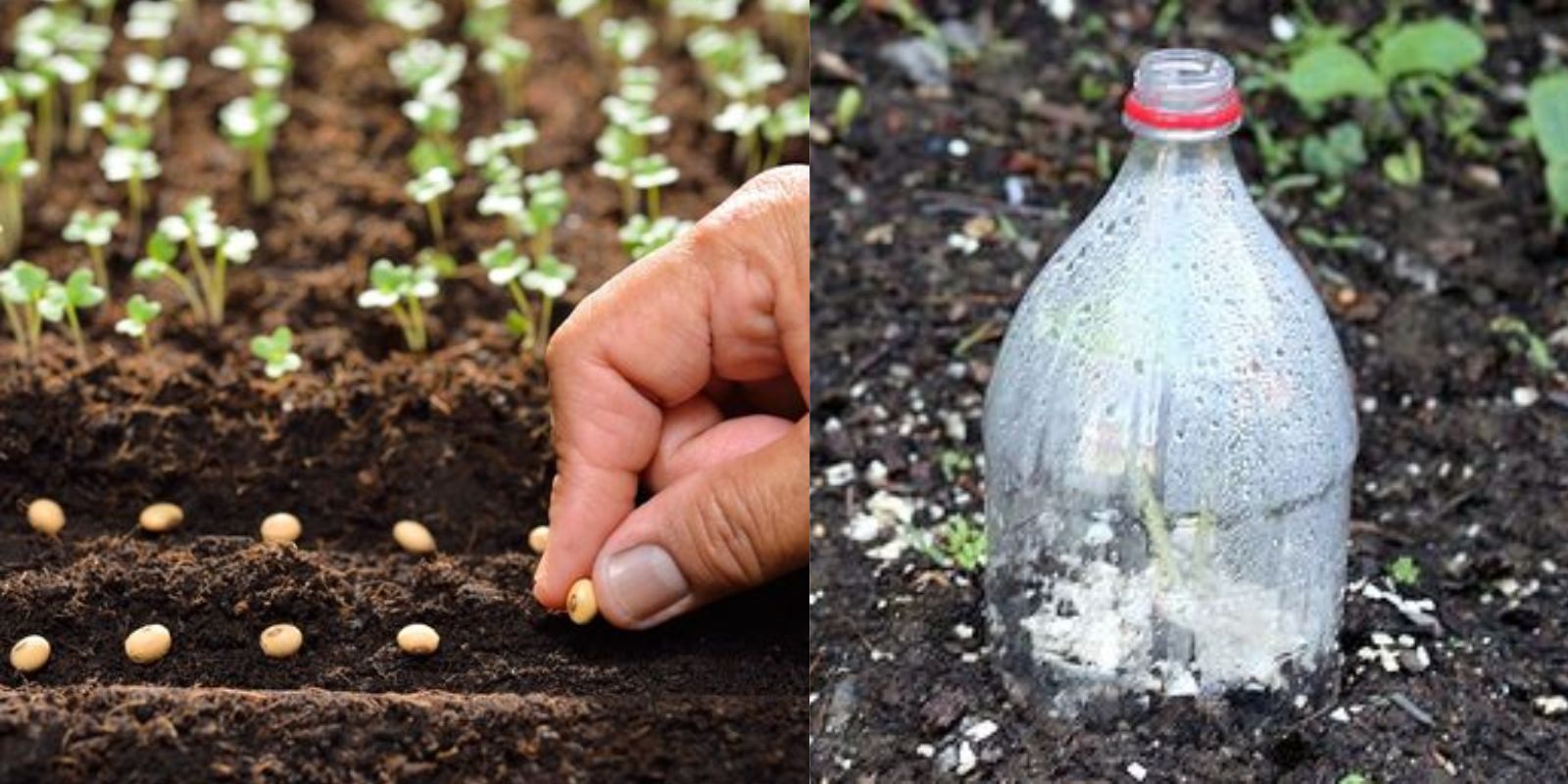Gardening in the Midwest presents a unique blend of opportunities and challenges. With fertile soil, seasonal variety, and diverse weather patterns, direct sowing seeds can be an efficient and rewarding method for growing vegetables, herbs, and flowers. This guide will explore everything you need to know about direct sowing, including the best practices, timing, and tips for success in the Midwest.
What is Direct Sowing?
Direct sowing involves planting seeds directly into the ground or garden bed where they will grow to maturity. Unlike starting seeds indoors and transplanting, direct sowing skips the intermediary steps, making it a simple and cost-effective way to grow plants.
For Midwest gardeners, direct sowing is particularly advantageous, as the region’s rich soil and moderate growing seasons create ideal conditions for this approach.
Benefits of Direct Sowing
- Cost-Effective: No need for pots, seed trays, or grow lights—just seeds and soil.
- Stronger Plants: Seeds germinate and grow in their permanent location, avoiding transplant shock.
- Time-Saving: Skip the indoor seed-starting process and let nature take the lead.
- Eco-Friendly: Reduces plastic use and energy consumption associated with indoor seed starting.
Best Seeds for Direct Sowing in the Midwest
Some seeds thrive when directly sown into garden soil. Here are a few Midwest favorites:
- Vegetables: Beans, carrots, radishes, cucumbers, zucchini, and spinach.
- Herbs: Dill, cilantro, parsley, and basil.
- Flowers: Sunflowers, zinnias, marigolds, and cosmos.
Step-by-Step Guide to Direct Sowing Seeds
1. Choose the Right Location
Select a site with appropriate sunlight and soil conditions for the chosen plants. Most vegetables and flowers thrive in full sun, which is 6–8 hours of direct sunlight daily.
2. Prepare the Soil
Midwest soil is often rich in nutrients, but proper preparation ensures the best results:
- Loosen the soil with a garden fork or tiller.
- Remove weeds, rocks, and debris.
- Mix in compost or well-rotted manure for added nutrients.
3. Check Planting Time
The Midwest growing season varies, so knowing when to plant is crucial:
- Cool-Season Crops: Plant in early spring or fall (e.g., lettuce, peas, radishes).
- Warm-Season Crops: Sow after the last frost date (e.g., beans, squash, cucumbers).
Consult your local frost calendar to determine the best time for planting.
4. Plant Seeds Correctly
Follow the seed packet instructions for depth and spacing. General tips include:
- Use a ruler or your finger to measure the planting depth.
- Avoid planting seeds too deep, as this can hinder germination.
- Space seeds according to the plant’s mature size to avoid overcrowding.
5. Water Wisely
Water the soil immediately after planting to encourage germination. Keep the soil consistently moist but not waterlogged during the early stages of growth.
6. Mulch and Protect
Apply a thin layer of mulch to retain soil moisture and suppress weeds. For added protection against pests or unexpected frosts, cover the planted area with row covers or netting.
7. Thin Seedlings
Once seedlings emerge, thin them by removing weaker plants to ensure proper spacing and growth for the remaining ones.
Common Challenges and How to Overcome Them
1. Unpredictable Weather
Midwest weather can be erratic, with sudden frosts or heatwaves.
- Solution: Monitor weather forecasts and be prepared to protect plants with frost covers or shade cloths.
2. Pest Issues
Slugs, birds, and insects may target young seedlings.
- Solution: Use natural deterrents like diatomaceous earth, companion planting, or physical barriers such as netting.
3. Poor Germination
Seeds may fail to sprout due to improper planting depth, soil conditions, or old seeds.
- Solution: Test seed viability before planting and ensure soil is consistently moist.
Tips for Success in Midwest Gardening
- Use High-Quality Seeds: Purchase seeds from reputable suppliers to ensure better germination rates.
- Rotate Crops: Avoid planting the same crops in the same location year after year to prevent soil depletion and pests.
- Keep a Gardening Journal: Track planting dates, weather conditions, and crop performance for future reference.
- Incorporate Companion Planting: Pair plants that benefit each other to boost growth and deter pests (e.g., marigolds with tomatoes).
- Practice Succession Planting: Stagger sowing times for continuous harvests throughout the season.
Midwest-Specific Considerations
The Midwest’s diverse climate zones mean gardeners should adapt practices based on their specific region.
- Northern Midwest: Shorter growing seasons require quick-maturing seeds and cold-hardy crops.
- Central Midwest: Ideal for a wide variety of vegetables and flowers due to moderate growing conditions.
- Southern Midwest: Longer seasons allow for extended planting windows and late-season crops.
Sustainable Practices for Direct Sowing
As you enjoy the simplicity of direct sowing, consider integrating sustainable practices to enhance your garden’s health:
- Compost: Use homemade compost to enrich your soil naturally.
- Rainwater Harvesting: Collect rainwater for irrigation to reduce water usage.
- Natural Pest Control: Use organic sprays or introduce beneficial insects like ladybugs.
Why Direct Sowing is Perfect for the Midwest
The Midwest offers fertile ground and varied growing conditions that are well-suited for direct sowing. With the right timing, preparation, and care, you can grow a thriving garden filled with fresh produce and beautiful blooms.
Conclusion
Direct sowing seeds is a simple, sustainable, and cost-effective method for Midwest gardening success. By following these steps and adapting to local conditions, you’ll enjoy the rewards of a flourishing garden while minimizing your environmental impact.
Motivation:
Are you ready to dig in and try direct sowing in your garden? Share your experiences and favorite crops to grow directly in the comments below! Let’s inspire each other to make the Midwest greener, one seed at a time. 🌻
#DirectSowSeeds #MidwestGardening #SustainableFarming #EcoFriendlyGardening #BackyardGardening #GrowYourOwnFood #GardenTips

